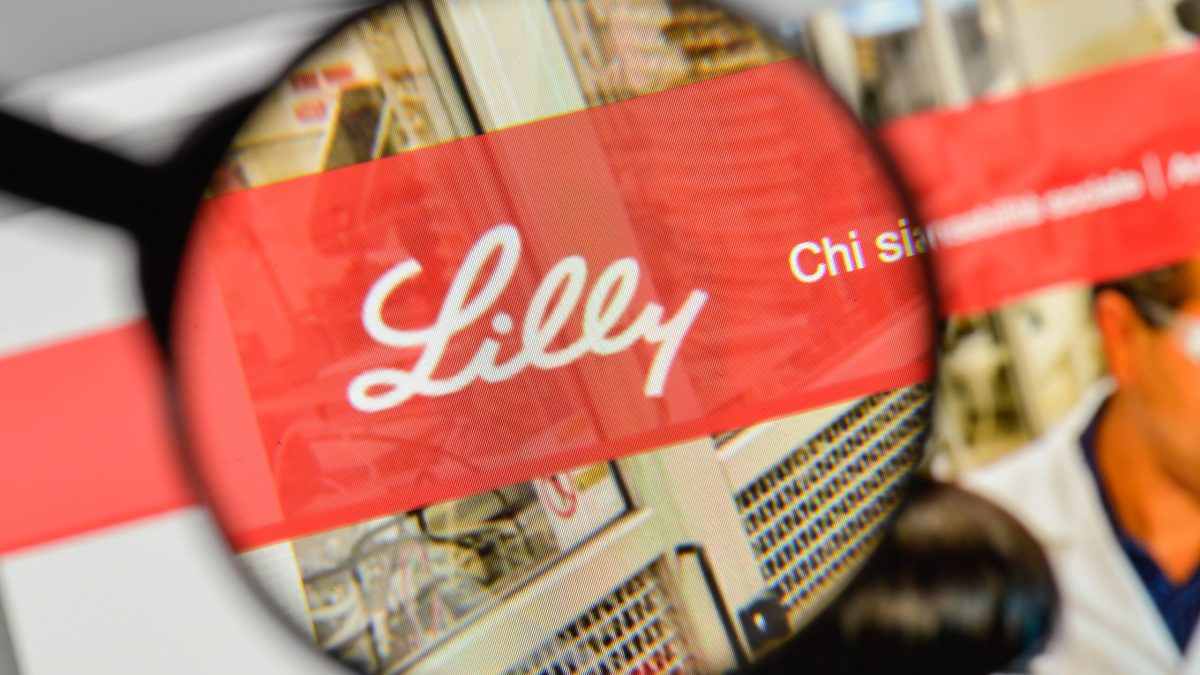Citi has resumed coverage of Eli Lilly & Co. (NYSE: LLY) with a “Buy” rating, setting a price target of $1,060 per share—implying a potential 13% upside from the current stock price.
The renewed optimism from Citi analysts, led by Peter Verdult, is driven primarily by the continued success of Eli Lilly’s GLP-1 pipeline, particularly the obesity drugs tirzepatide (marketed as Mounjaro and Zepbound). Analysts have raised their forecasts for these drugs, citing strong sales and prescription trends.
Additionally, the oral GLP-1 candidate, orforglipron, adds to the bullish outlook, as it is expected to face limited competition due to side effects seen in rival treatments like Roche’s CT-996.
Eli Lilly’s manufacturing expansion
Eli Lilly is not just focused on its GLP-1 pipeline; it is aggressively expanding its manufacturing capabilities.
The company recently announced a $1.8 billion investment in Ireland, including a $1 billion expansion of its Limerick facility and an $800 million extension in Kinsale.
These facilities are crucial for producing the active ingredients needed for its growing biologics portfolio, including its Alzheimer’s treatment.
This expansion is part of a broader strategy, with Lilly committing over $20 billion since 2020 to bolster its manufacturing footprint across the US and Europe.
Production at these sites is expected to ramp up by 2026, supporting the company’s ambitious growth plans.
Eli Lilly Q2 earning report
Eli Lilly’s recent achievements extend beyond product development and manufacturing.
The company reported stellar Q2 earnings, with revenue surging 36% year-over-year to $11.3 billion, significantly beating Wall Street expectations.
This growth was driven by the strong performance of Mounjaro and Zepbound, which contributed to an impressive 46% increase in revenue when excluding the one-time sale of rights for Baqsimi in the previous year.
The company has raised its full-year revenue guidance to $45.4-$46.6 billion, up from its previous forecast of $42.4-$43.6 billion, reflecting the strong momentum of its key drugs.
The management at Eli Lilly has also provided a bullish outlook on the company’s earnings per share (EPS).
For 2024, the company now expects non-GAAP EPS to range between $16.10 and $16.60, a substantial increase from the prior guidance of $13.50 to $14.00.
This upgrade underscores the company’s confidence in maintaining robust profitability, even as it navigates pricing pressures in some of its markets.
Notably, the company’s gross margin has also improved, with the midpoint of the updated guidance suggesting a margin expansion to 37% from 33% previously.
Despite these strengths, Eli Lilly is facing some challenges.
The company must navigate potential challenges, such as pricing pressures, regulatory scrutiny, and competition from other pharmaceutical giants like Novo Nordisk.
Moreover, while the company has managed to address some supply chain constraints, the ongoing demand for its products could lead to short-term supply issues, potentially impacting sales.
Eli Lilly stock valuation
In terms of valuation, Eli Lilly is trading at a forward non-GAAP price-to-earnings (P/E) ratio of approximately 57x.
While this is lower than its recent peak of 67.8x, it remains significantly above its five-year average of 39.1x.
The high valuation reflects investor confidence in the company’s growth prospects, particularly in its GLP-1 franchise.
However, it also suggests that the stock is priced for perfection, leaving little room for error.
Investors will need to consider whether the current premium is justified by the company’s future earnings potential.
Eli Lilly’s strong business fundamentals are complemented by its strategic investments and operational efficiencies.
The company’s ability to innovate and bring new treatments to market, such as its recent approval of Kisunla (donanemab) for Alzheimer’s, showcases its robust R&D pipeline.
However, the mixed performance of its non-diabetes portfolio and the uncertainties surrounding new product launches highlight the importance of continued execution in a competitive industry.
The recent price cuts for Zepbound, while designed to address affordability and supply issues, also raise questions about the long-term impact on profitability.
As we explore further, the next logical step is to delve into the stock’s technical patterns to see if the charts align with the bullish outlook of analysts at Citi or suggest caution.
Eli Lilly technical analysis: bullish momentum
Eli Lilly’s stock has seen a very strong rally since March last year having more than tripled during this period.
The stock went through a retracement earlier this year in July from a high above $960 to a low below $750, it has made a complete recovery since then.
Source: TradingView
As long as the stock keeps trading above its recent swing low at $747, bulls will be in control.
Hence investors, who want to purchase the stock at current levels can do so with a stop loss of $744.
If it continues to display the current bullish momentum, we can see it reaching Citi’s target of $1,060 soon.
Traders who have a bearish view must avoid shorting the stock at current levels as it shows strength across timeframes.
A short position must only be considered if the stock gives a daily closing below its 50-day moving average, which is currently at $896.
The post Citi resumes coverage of Eli Lily with a Buy rating: Should you invest? appeared first on Invezz

